Complete Linear Regression Analysis in Python
Linear Regression in Python| Simple Regression, Multiple Regression, Ridge Regression, Lasso and subset selection also
4.43 (1551 reviews)
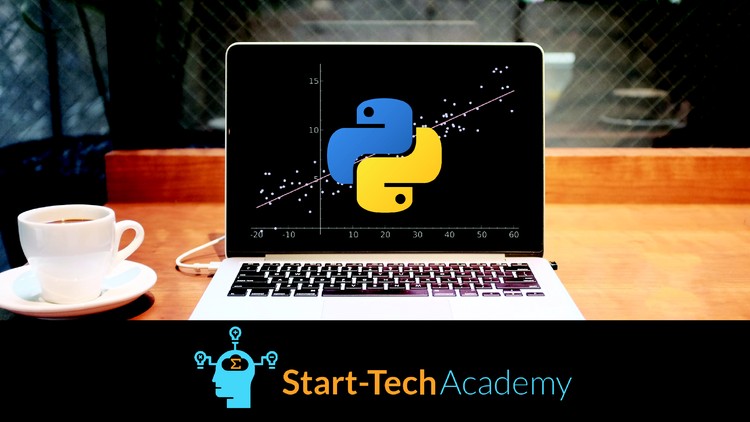
172,114
students
7.5 hours
content
Feb 2025
last update
$74.99
regular price
What you will learn
Learn how to solve real life problem using the Linear Regression technique
Preliminary analysis of data using Univariate and Bivariate analysis before running Linear regression
Predict future outcomes basis past data by implementing Simplest Machine Learning algorithm
Understand how to interpret the result of Linear Regression model and translate them into actionable insight
Understanding of basics of statistics and concepts of Machine Learning
Indepth knowledge of data collection and data preprocessing for Machine Learning Linear Regression problem
Learn advanced variations of OLS method of Linear Regression
Course contains a end-to-end DIY project to implement your learnings from the lectures
How to convert business problem into a Machine learning Linear Regression problem
Basic statistics using Numpy library in Python
Data representation using Seaborn library in Python
Linear Regression technique of Machine Learning using Scikit Learn and Statsmodel libraries of Python
Screenshots
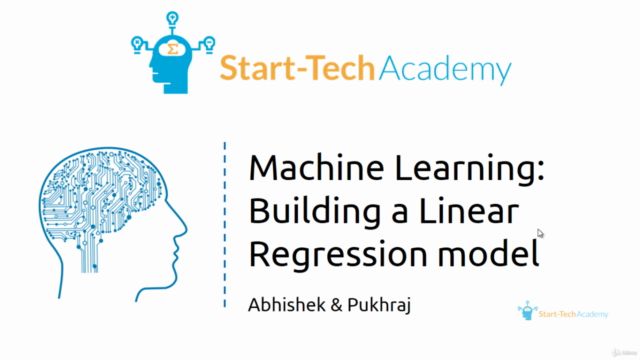
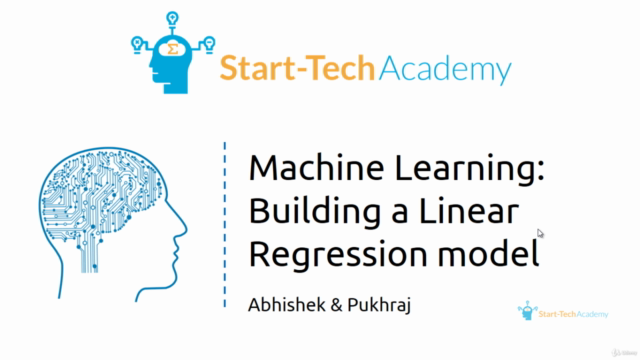
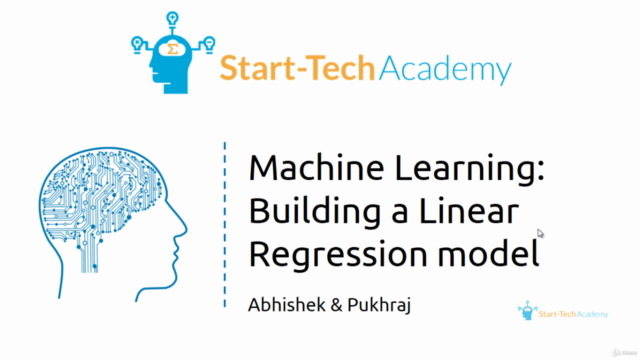
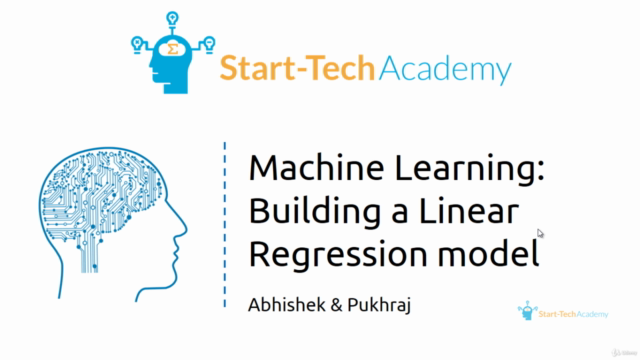
2236248
udemy ID
2/23/2019
course created date
4/27/2019
course indexed date
Bot
course submited by